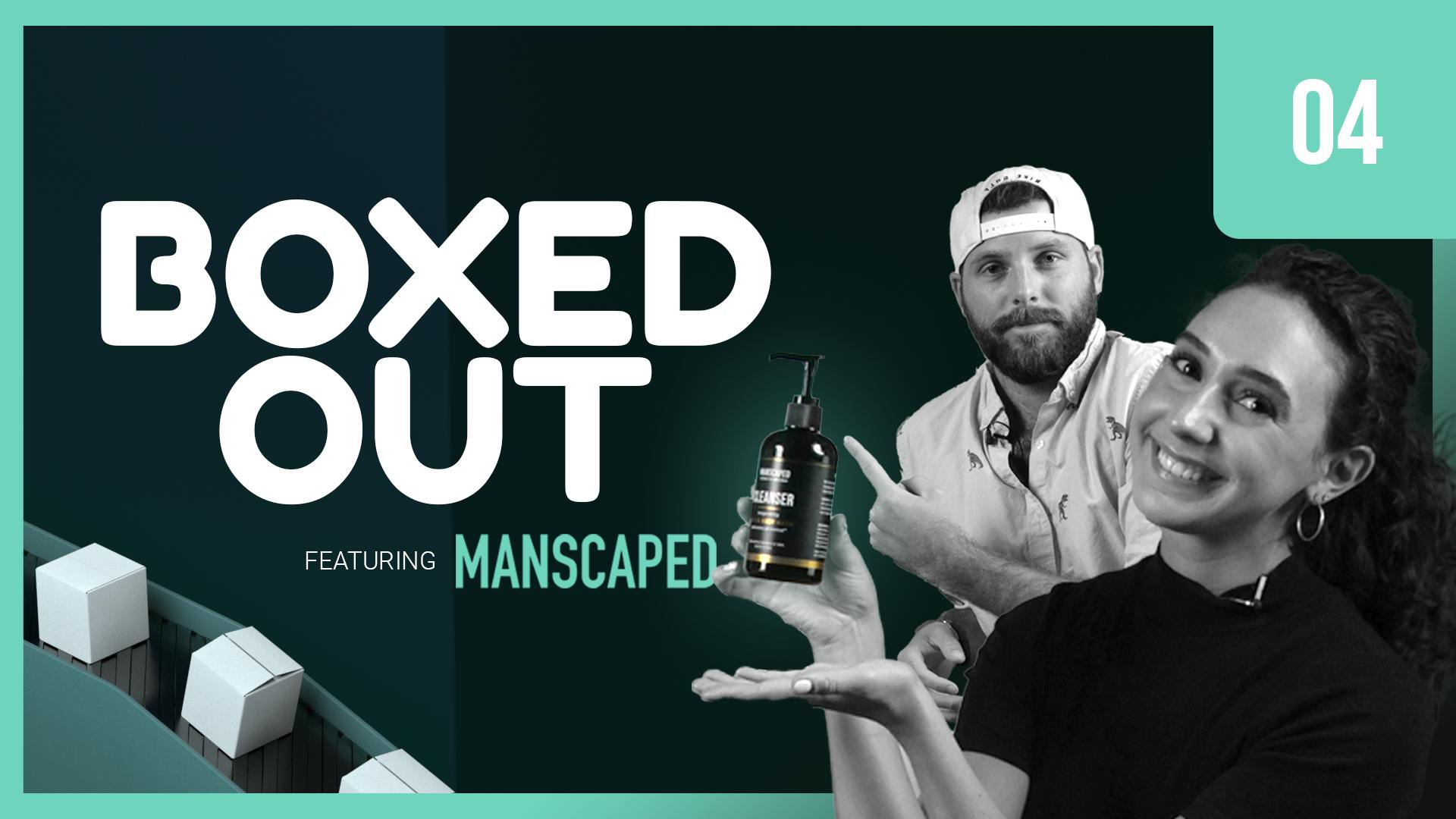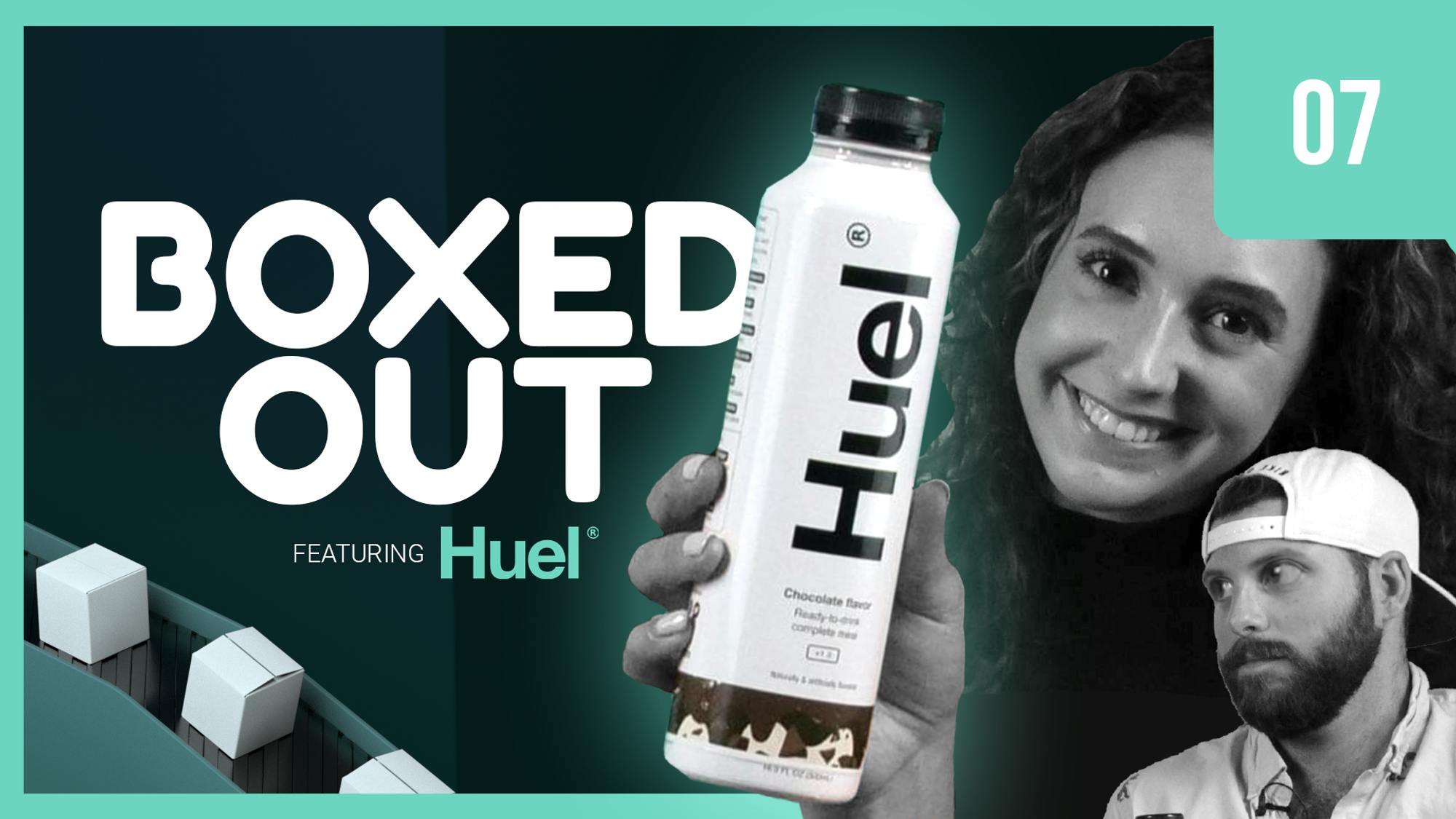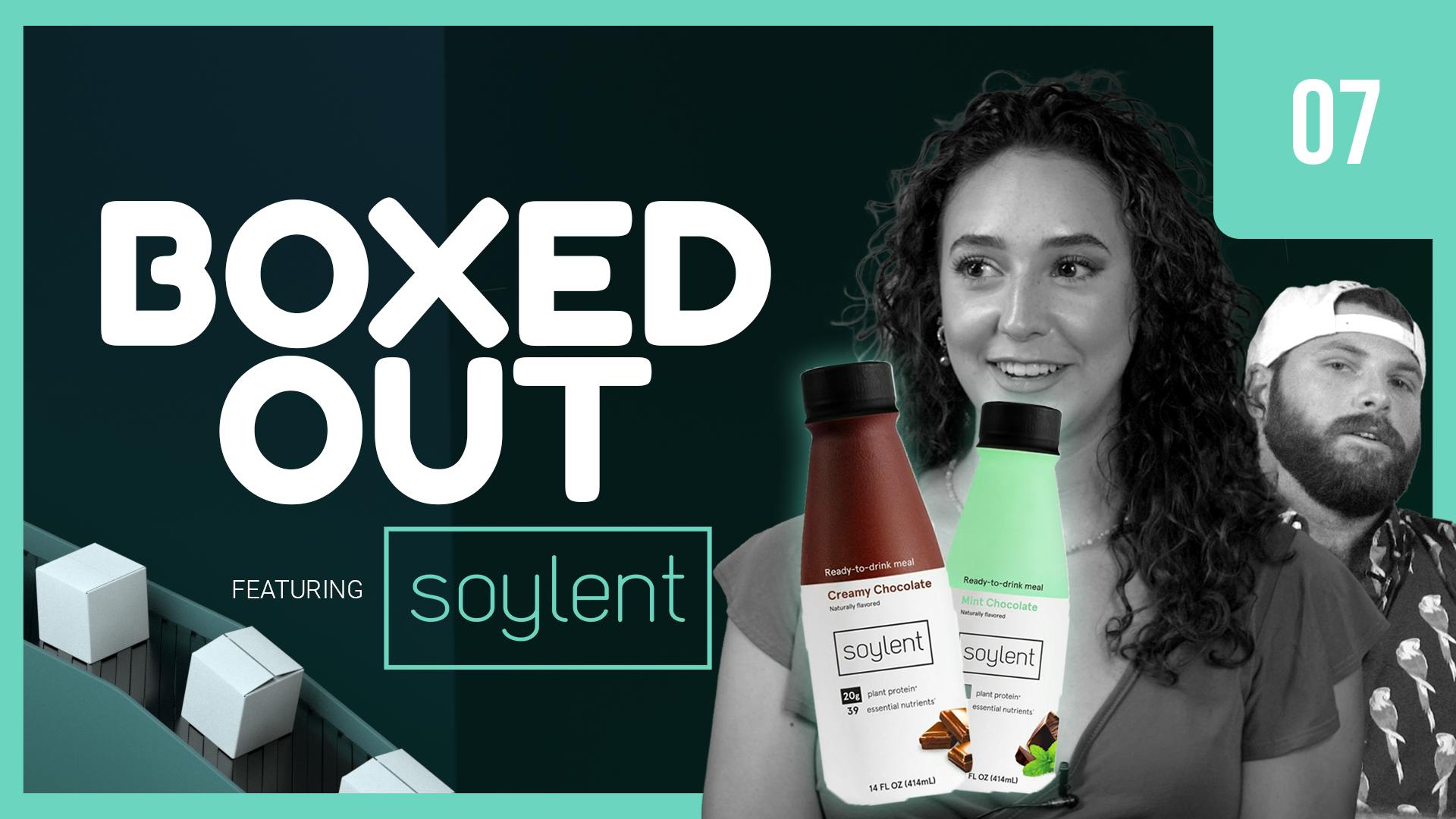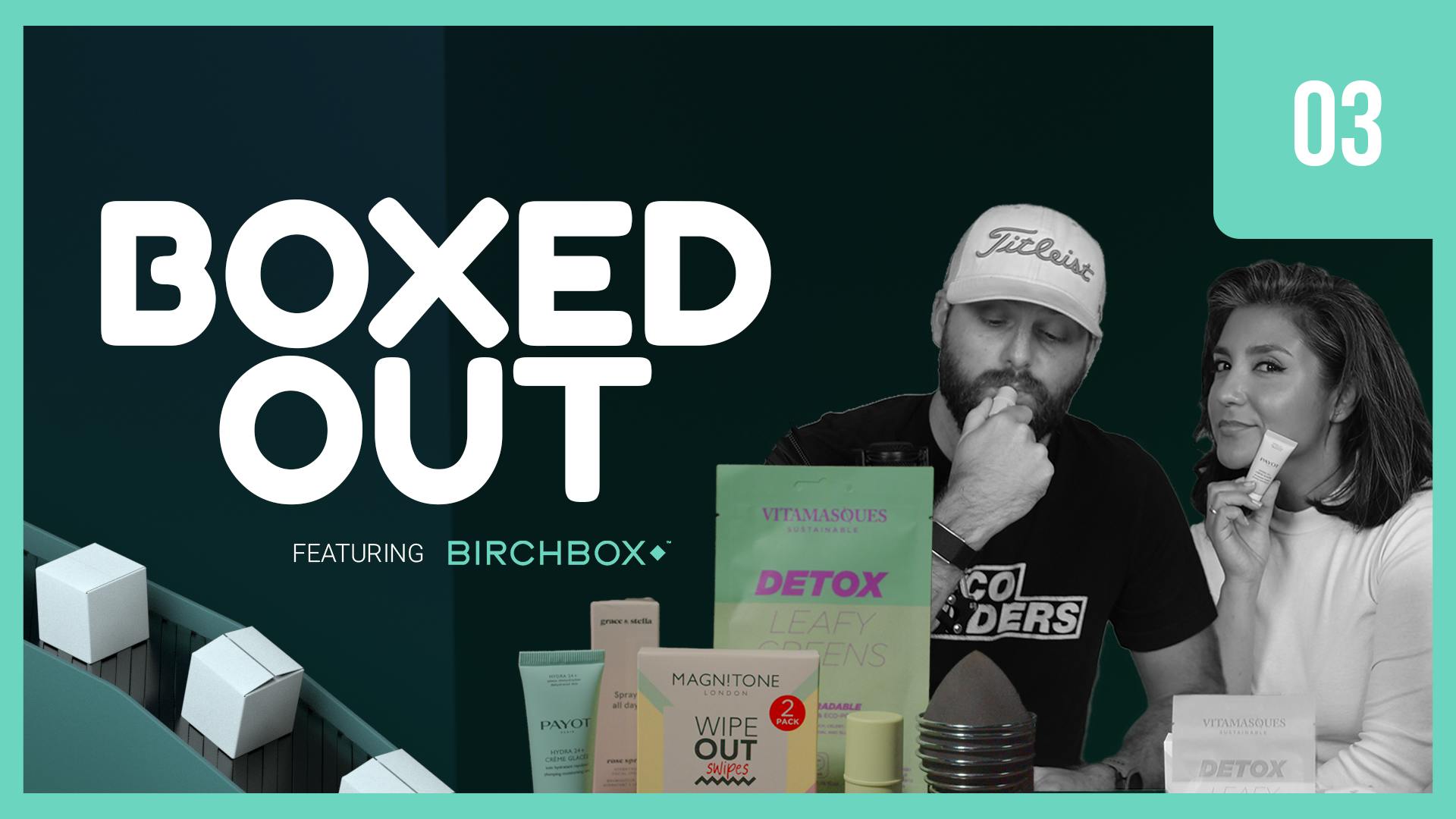
Can Lola Retain a Lifelong Brand?
This episode might reference ProfitWell and ProfitWell Recur, which following the acquisition by Paddle is now Paddle Studios. Some information may be out of date.
Please message us at studios@paddle.com if you have any questions or comments!
Today, LOLA's in our spotlight, a company that's taken on the multi-billion dollar feminine hygiene market by creating products with integrity. We're going to learn how Lola used the status quo and phenomenal branding to their advantage. Then we'll jump into what they're doing great, and not so great, with their subscription retention strategy. So you can use this as a nice case study for your own DTC brand.
Here's the rundown:
- LOLA is one of the better brands we've seen in terms of churn and cancellations, but they could be doing more.
- Branding is on point, and their website organization makes for a great experience. They make you want to become a member.
- Cancellation flow is good, but missing some minor things that would have a major impact on their retention:
- LOLA is focusing on term optimization only at sign up, but it should also be a focus after sign up when they’re likely more inclined to upgrade to an annual plan. Quarterly, semi-annual, and annual subscriptions all improve retention immensely.
- A complete overhaul of LOLA’s credit card failure process is needed, as it’s costing them thousands, if not millions of dollars.
- Gathering a bit more information on why a subscriber is cancelling so you can improve retention with different customer segments.
- Having a solid win-back campaign in place. Some subscribers just need to be reminded of the experience with a quick email or text message.
- Make offers more dynamic.
- They need four to five plain text emails that go out in an intelligent drip after they realize the card's declined.
- They need SMS messages in the flow.
- They need to allow users to update their payment information through a mobile-optimized form, without having to log in.
LOLA
Guess what. Women have periods.
Shocking I know, but American women will use 11 to 16 thousand tampons in their lifetime. What’s terrifying though is the tampon market is one of the most unregulated and unmonitored industries in the world. They don’t have to disclose or label ingredients, including the chemicals used to process those ingredients. That sounds ridiculous, but it gets worse. Women have to pay a tampon tax in 35 states and dozens of countries, meaning they pay an extra $150M per year in taxes for something that goes into their bodies without any regulation. Now that’s gross.
This insanity is what led Jordana Kier and Alexandra Friedman to found Lola in 2014 to take on the multi-century tampon market. Kier and Friedman positioned LOLA to normalize the conversation around menstruation and to end the tampon tax through a product that only uses properly labeled, quality ingredients in their tampons and other feminine care products.
Standing out:
Though LOLA is a newby in an old space, they’ve managed to succeed and really stand out among the big brands. They’ve done this through two big factors.
First up they opened a taboo conversation. Similar to companies like Billie, Kier and Friedman took conversations normally left in the shadows of doctor’s offices and pushed them to the public conscious through content and education. Their blog, The Broadcast, tackles a wide variety of feminine health issues and other topics impacting women. This advocacy led many women and their male counterparts to realize just how off the whole market was when it came to ingredients. Plus, the taboo made their brand and conversations spread as they educated the world as intended.
Being so transparent also lead to the second big factor here—trust and transparency in their product. You can’t really talk about how bad the rest of the industry is without making sure your product was of the highest quality. LOLA did this exactly right with fully transparent ingredient lists and a commitment to natural quality.
Women everywhere noticed and when you throw in great branding and packaging, you’ve got a recipe for the best tampons on the market. They’re made with 100% organic cotton and don’t contain synthetic fibers, chemical additives, fragrances, dyes, GMOs, latex, or anything you wouldn't feel comfortable using. They’re the Cadillac of tampons, but at an affordable price.
Quality and transparency is quickly making LOLA a household name, and with expansion into the sexual health market, LOLA is changing the market by just focusing on being the best, which has led to an estimated valuation between $100 and $500 million dollars and of course thousands and thousands of happy reviews.
LOLA's retention review
There's a lot to learn from Lola; however, their strategy isn't perfect. Their retention does need a good amount of work. Most brands though, don't focus on this aspect of their business enough.
Why is retention important?
You spend half of your budget and time acquiring customers, but to be successful, you need to keep them. The beauty of the subscription model is that the relationship with the customer is baked directly into how you make money. If that customer is happy, they'll keep buying from you in the long term. If they're upset or not seeing the value, they'll cancel quickly.
Plus, money talks here. Those subscription ecommerce companies using the tactics we're going to talk about have 2x the customer lifetime value (LTV), 2x the average order value, and 3x higher growth rates, because they're not worried about plugging a leaky retention bucket.
To highlight the importance here, let's look through LOLA's retention strategy and break down what they're doing well, and not so well, so you can learn for your own DTC business.
Retention has three parts:
- Active churn, which are customers who are actively choosing to cancel your product.
- Expansion revenue, which are your existing customers that buy more product.
- Delinquent (or involuntary) churn, which are customers who's credit card or payment has failed, which sadly is one of the largest single buckets of where you're losing money.
LOLA's active churn:
When we look at LOLA's active churn, there are so many reasons why a customer may cancel. We want to make sure LOLA is not only setting up their customers for long-term retention in the initial purchasing process, but that they're also collecting information on why someone's cancelling, if they so happen to, in order to get a clean cycle of retention improvement.
The good:
Lola is one of the better brands we've seen in terms of setting up customers for success when it comes to churn and cancellations. Not only are their visuals and copy pleasing, they give us the sense that we want to be a member of the brand.
We're loving the GIFs when you hover on the images, and the overall organization of the site. More tactically, when we go to subscribe to their tampon subscription they list all the benefits, reminding us of just how different LOLA is, and why it's better than just going to the corner store for tampons. We're also able to customize the variety of the product we're going to get.
Every woman is different, and the hack here is that if you just sent us a random assortment, we probably wouldn't like the product because it wouldn't be customized to us. Making sure things are customized is key to ensuring a customer stays with the product for a long time. According to our research looking at 1,600 DTC subscription companies—those customers who go through a customization flow tend to have 10-20% higher retention rates compared to customers who are just adding something to their cart.
Another really cool retention feature here is the save for a longer-term commitment. We sadly, rarely see this enough in DTC, but we need to keep in mind that the longer a customer commits, the better their retention is going to be not only because they purchased a longer commitment, but also because they'll get more bought into the product and renew more often. For context, quarterly and bi-annual plans retain at a 20-30% higher rate than monthly subscriptions. This is according to a study looking at just over 30,000 DTC subscription companies.
Lola's cancellation flow is also pretty good, but not perfect as we'll explain in just a bit. They give you options to edit or pause your subscription. And when you go to cancel they ask you why you're cancelling and give you the chance to provide more information. We like the options here, because they funnel us into a particular group and the offer they can make based on that group adjusts, whether it's a discount or pausing.
The bad:
We do have one issue with the cancellation flow. It appears that they aren't dynamically updating their off-boarding in real time based on the user that comes to them or experimenting with these offers. They're likely just setting it and forgetting it, which is better than a lot of brands, but given how good LOLA is at the rest of the experience, we'd want to see more effort put into the cancellation flow.
LOLA's expansion revenue prowess:
The good:
Lola did a pretty good job in our opinion. As we go through the purchase process we were shown that they're more than just a tampon subscription. As we get deeper into the order process they're showing us more add-ons that we can grab with our subscription.
Sometimes you just need to ask, but it's important to keep in mind that add-ons not only help with better average order value, they boost lifetime value by 20-50%, because the user is buying more AND is more invested in your brand, so their retention tends to be much, much higher.
The bad:
One area they could improve on here, is adding an upsell path on the order confirmation page. We know that seems kind of counter intuitive—aren't they done with their purchase? Well, yes, but it doesn't mean you can't easily add more to the order that hasn't already shipped. Thank you and order-confirmation pages are amazing for offers. Simply put a specific promotion on that page and give a nice clear button to have it added to their order.
LOLA's credit card failure flow:
Now let's talk about the sexiest topic in the world—credit card failures. We know you don't wake up sweating in the middle of the night thinking about credit cards—that's our job—but here's why we obsess over things like this: just under 40% of the customers that leave you are leaving you because of failed payments. To get these folks back, we want to make sure LOLA is treating these folks like a marketing channel, sending them messages before the point of failures, all the way to after the point of failure through email and text messages.
Room for improvement:
This is where Lola could be doing so much better. They're doing the basics, which is better than most, but there's some key misses in their strategy. For one, they're only sending two emails in response to a failed credit card, and both of them are pseudo plain text and pseudo html marketing emails. While you don't want to send too many emails, the key is typically a four to five intelligent email drip over a 14-day period after the initial card fails. Keep in mind that if you don't get updated payment information, these customers aren't coming back
Obviously if the card gets updated you won't send any more messages. You made a good point on the type of email, too. We find plain text works so much better than html market-y emails. Have them come from a human being and make sure the copy really boosts the value of the product. LOLA's copy isn't bad, but it's kind of generic and makes us feel like we can just ignore the call to action. Also, why not send me a text message?
One other thing here, is to make it so we don't have to log in to update our credit card. Right now it takes us to our account log-in page and then when we log in, it doesn't even drop us right into the billing-setting page. There's likely a massive amount of drop off here that could be improved a ton. Based on what we're seeing, LOLA could double their recovery rate. We don't have perfect insight into their business, but that's likely hundreds of thousands of dollars, if not into the millions in customer lifetime value.
Overall:
LOLA has done an above average job, but there's a good amount of work to be done. They just need to take the talent they've applied to the brand, product, and experience and apply it more to the retention side of their business.
Retention revamp
First though, why do we feel we have any authority to even talk about this? Roughly 20% of the entire subscription market is using ProfitWell, so we're sitting on more data than anyone else. Simply put, we have the data to know what works and what doesn't, and we care more about this problem than anyone else out there.
Let's walk through three big things we'd change immediately about LOLA's retention strategy, so we can all learn for our own brands.
Changes needed now:
- Cancellation flow
Right now it's not bad, but it's probably not giving LOLA enough information to go back and fix up their retention properly with their different customer segments. The offers also don't appear to be that dynamic and the design could use some work. This is more of an optimization vs. something major.
Another big piece: win-back campaigns. One of our subscriptions was cancelled in December and the other in June, but we haven't really received any solid win-back emails or text messages. There's a good amount of users who just need to be reminded of the experience, rather than treated like any ol' customer. - Term optimization
LOLA should be doing term optimization after the purchase has been made, as well as before. Quarterly, semi-annual, and annual subscriptions all improve retention immensely as we talked about, but LOLA is optimizing for when the user signs up rather than after the user signs up, where they're likely more inclined to upgrade to an annual plan.
New users may want to try the product out before committing to something longer, so reminding them through a plain text email with an offer and then a one-click upgrade to a longer-term plan, helps boost overall lifetime value considerably. Remember—and we've published a lot of research on this—using physical amounts, whether it's a free product as the promotion or a physical dollar amount, works roughly 2x better than using a percentage off. - Credit card failure process LOLA needs a top-to-bottom overhaul of their credit card failures process. They're losing a lot of money by doing the minimum. They need four to five plain text emails that go out in an intelligent drip after they realize the card's declined, and those obviously don't send when a credit card gets back on file. They need SMS messages in this flow and they need to allow users to update their payment information without logging in and through a mobile-optimized form.
There's hope for LOLA to boost that recovery rate quite substantially. These are minor changes that will have a major impact. LOLA can gain market share and retention just by applying great copywriting and marketing to this part of their flows.
Who's up next?
Next week we're going in the complete opposite direction—men's hygiene. Which is not only a multi-billion dollar industry, but is also very quickly growing because men's health is finally getting some serious attention. The DTC brand we'll be digging into is Manscaped, which has a phenomenal set of subscribe-and-save subscriptions, as well as hardware products that I'm sure you've seen in their infamous commercials. So, make sure you subscribe to Boxed Out, and tell your friends so we can get this knowledge into the as many hands as possible.






